
Security News
vlt Launches "reproduce": A New Tool Challenging the Limits of Package Provenance
vlt's new "reproduce" tool verifies npm packages against their source code, outperforming traditional provenance adoption in the JavaScript ecosystem.
imagecachejs
Advanced tools



Imagecache is an express middleware that lets you manipulate images and then cache them for quick retrieval.
npm install --save imagecachejs
It's easy to just add imagecache to your application
import express from 'express'
import imagecache from 'imagecachejs'
const app = express()
app.use(express.static('./public'))
app.use('/imagecache', imagecache({
webRoot: 'public',
sources: [
'public',
'http://localhost:8080'
]
}))
app.listen(8080, function () {
console.log('Example app listening on port 8080')
})
You can view our example app with the following commands:
# checkout the repository
git clone https://github.com/mahaplatform/imagecachejs.git
# change directory
cd imagecachejs/examples
# install dependencies
npm install
# build the source
npm run build
# start the server
npm run start
Once your server is up and running, you can invoke an image transformation using the following syntax:
# http://{hostname}/{mountPoint}/{transformationString}/{imagePath}
http://example.com/imagecache/bri=50&sat=30/images/kitten.png
By putting all of the image transformations in the url file path rather than a query string, the transformed file can easily be saved to filesystem and served as a static asset from static middleware (express.static), a web server (nginx, Apache), a content delivery network (Amazon CloudFront, Akamai), or a caching web proxy (Varnish, Squid).
Image transformations are invoked using a 'query string like' syntax. For example, if you want to brighten an image, decrease the contrast, and resize the image to a width of 250 pixels, the transformation string would be:
bri=15&con=-10&w=250
These transformations, however, will not necessarily be executed in the order
given. If the sequence is important to you, use the op argument:
op[0][bri]=15&op[1][con]=-10&op[2][w]=250
The following transformations are available through Imagecache:
Increase or decrease the brightness of an image
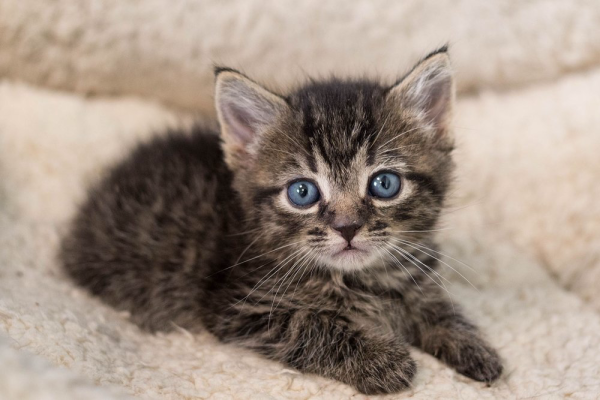 |  |
| http://example.com/imagecache/bri=50/images/kitten.png |
 | 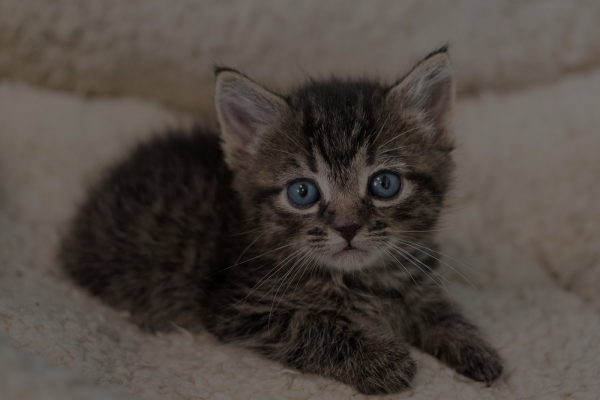 |
| http://example.com/imagecache/bri=-50/images/kitten.png |
Increase or decrease the contrast of an image
 | 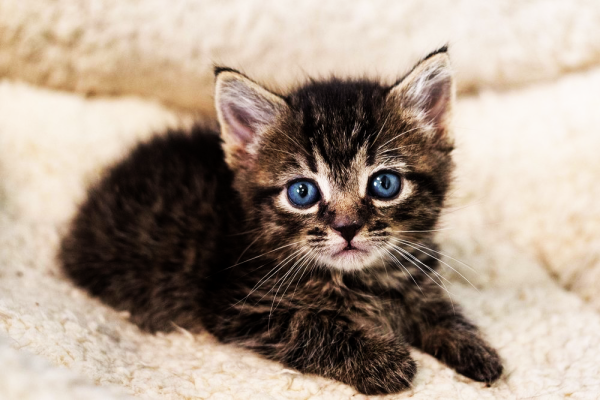 |
| http://example.com/imagecache/con=50/images/kitten.png |
 |  |
| http://example.com/imagecache/con=-50/images/kitten.png |
Rotate the hue of an image with a value between -360 and 360 degrees
 | 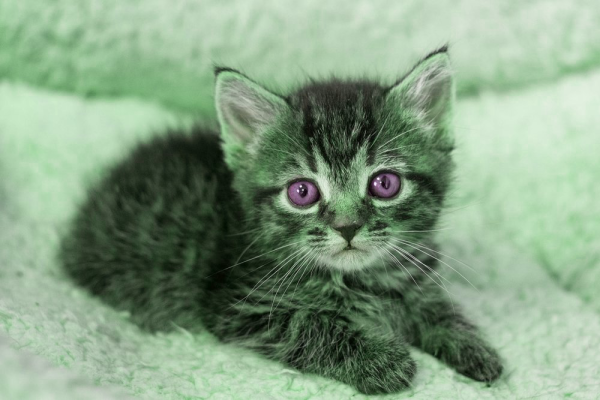 |
| http://example.com/imagecache/hue=90/images/kitten.png |
 |  |
| http://example.com/imagecache/hue=-90/images/kitten.png |
Increase or decrease the saturation of an image with an amount between -100% and 100%
 |  |
| http://example.com/imagecache/sat=50/images/kitten.png |
 |  |
| http://example.com/imagecache/sat=-50/images/kitten.png |
Tint an image with a layer of any color with a opacity value between 1% and 100%
 | 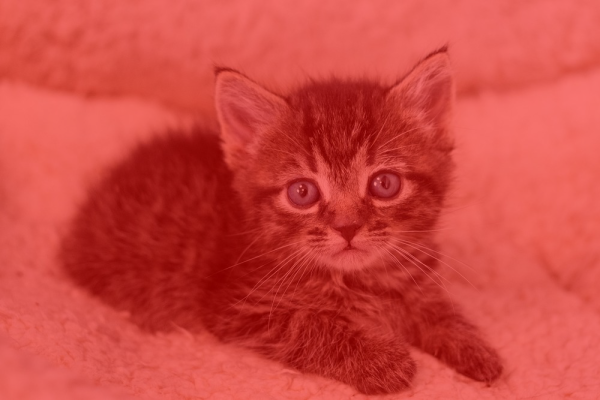 |
| http://example.com/imagecache/tint=red,50/images/kitten.png |
 | 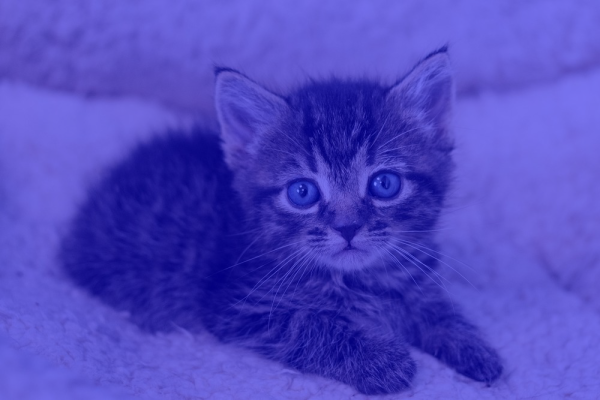 |
| http://example.com/imagecache/tint=blue,50/images/kitten.png |
Invert the colors of the image
 | 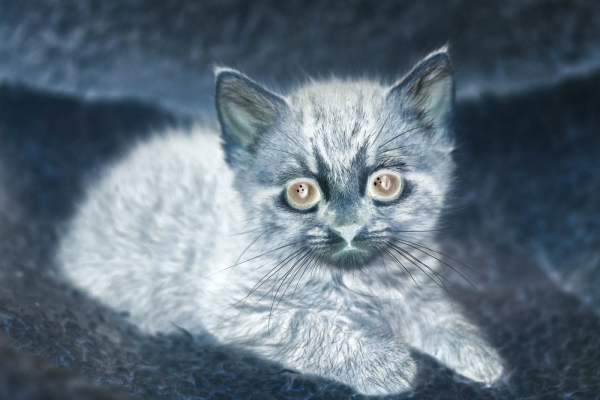 |
| http://example.com/imagecache/invert=true/images/kitten.png |
Blur image with a radius
 | 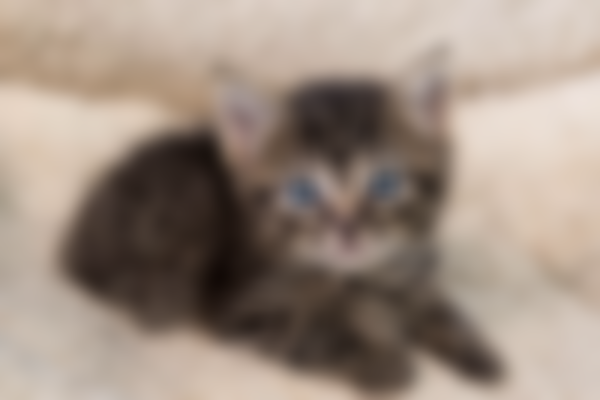 |
| http://example.com/imagecache/blur=15/images/kitten.png |
Flip the image horizontally, vertically, or both
 |  |
| http://example.com/imagecache/flip=h/images/kitten.png |
 |  |
| http://example.com/imagecache/flip=v/images/kitten.png |
 |  |
| http://example.com/imagecache/flip=vh/images/kitten.png |
Rotate image and then crop to largest possible rectangle with same aspect ratio
 | 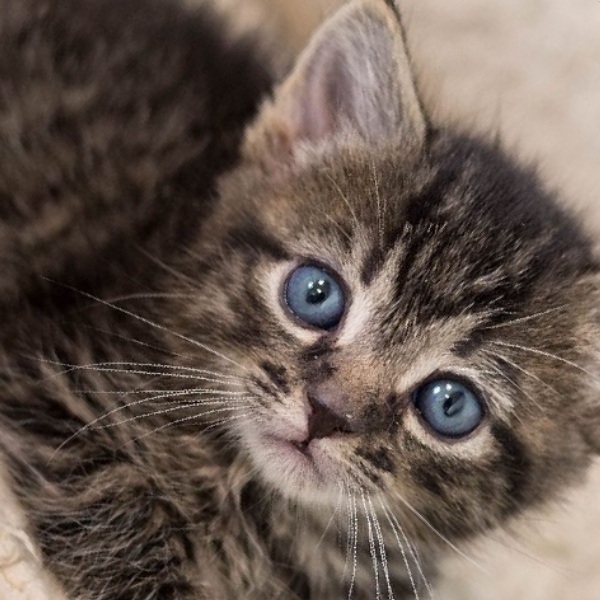 |
| http://example.com/imagecache/rot=45/images/kitten.png |
Put x pixels of padding around the image
 | 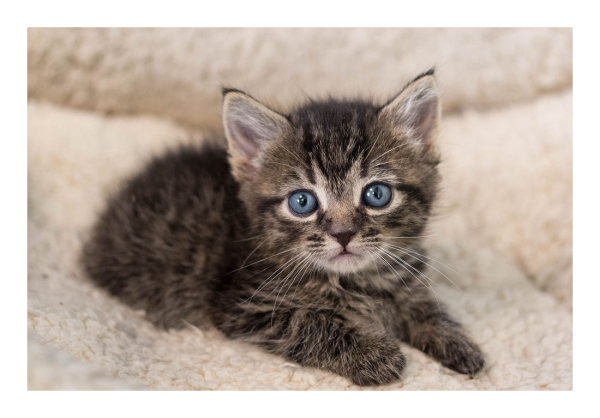 |
| http://example.com/imagecache/pad=50/images/kitten.png |
Draw an x pixel thick border around the image
 | 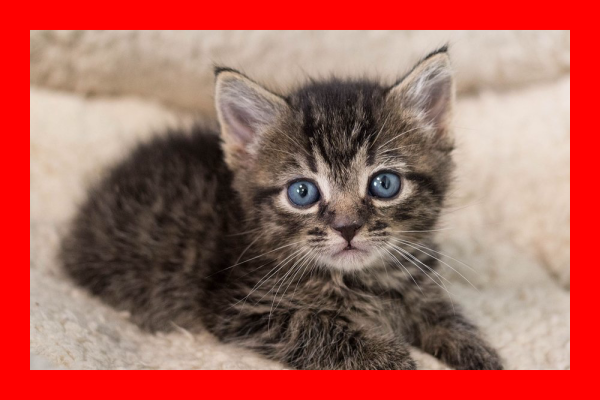 |
| http://example.com/imagecache/border=50,red/images/kitten.png |
Crop the image using a reactangle in the format "x,y,w,h"
 | 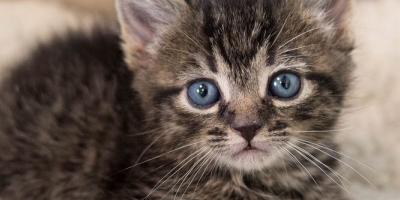 |
| http://example.com/imagecache/crop=100,100,400,200/images/kitten.png |
Resize the image
| http://example.com/imagecache/w=500/images/kitten.png |
| http://example.com/imagecache/w=200&dpi=2/images/kitten.png |
| http://example.com/imagecache/h=250/images/kitten.png |
| http://example.com/imagecache/w=300&h=300/images/kitten.png |
Imagecache was originally written by Greg Kops and is based upon his work with Think Topography and The Cornell Cooperative Extension of Tompkins County.
Special thanks to Oliver Moran and the Jimp project for building the engine that makes Imagecache possible!
FAQs
Unknown package
The npm package imagecachejs receives a total of 2 weekly downloads. As such, imagecachejs popularity was classified as not popular.
We found that imagecachejs demonstrated a not healthy version release cadence and project activity because the last version was released a year ago. It has 4 open source maintainers collaborating on the project.
Did you know?

Socket for GitHub automatically highlights issues in each pull request and monitors the health of all your open source dependencies. Discover the contents of your packages and block harmful activity before you install or update your dependencies.

Security News
vlt's new "reproduce" tool verifies npm packages against their source code, outperforming traditional provenance adoption in the JavaScript ecosystem.

Research
Security News
Socket researchers uncovered a malicious PyPI package exploiting Deezer’s API to enable coordinated music piracy through API abuse and C2 server control.

Research
The Socket Research Team discovered a malicious npm package, '@ton-wallet/create', stealing cryptocurrency wallet keys from developers and users in the TON ecosystem.